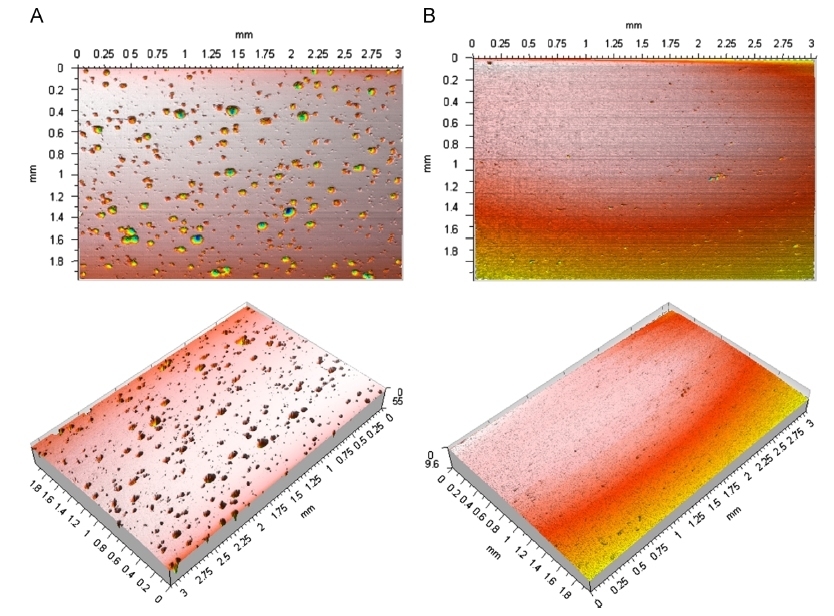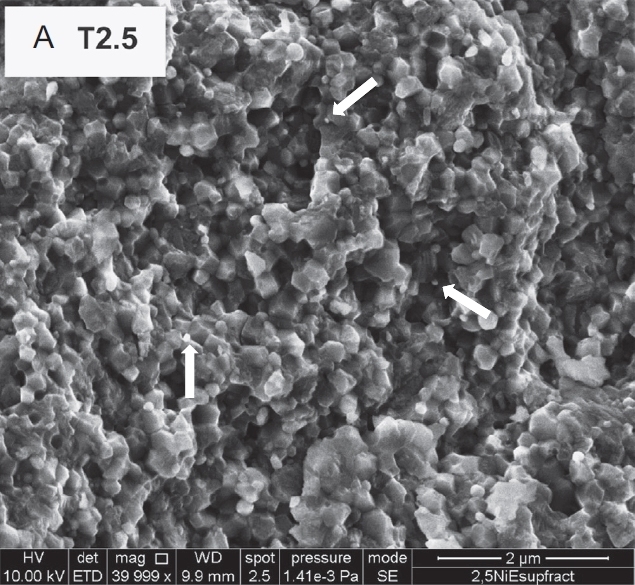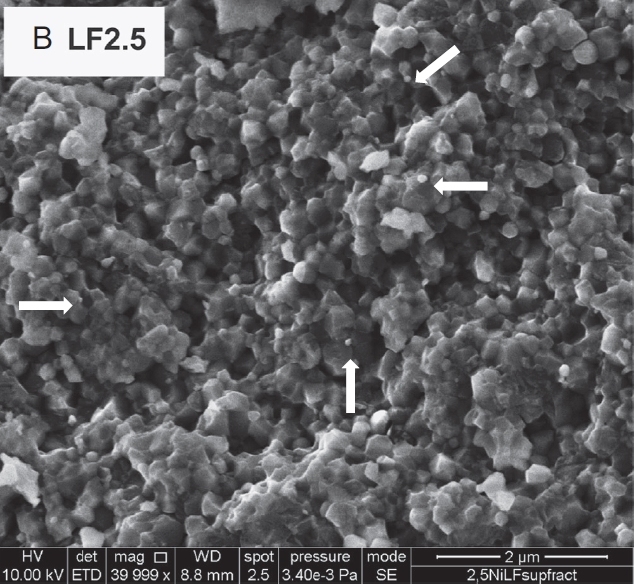Journal of the Mechanical Behavior of Biomedical Materials Volume 34, June 2014, Pages 302-312
Abstract. A biocompatible soda–lime glass-ceramic in the SiO2–Na2O–Al2O3–CaO–B2O3 system containing combeite and nepheline as crystalline phases, has been obtained at 750 °C by two different routes: (i) pressureless sintering and (ii) Spark Plasma Sintering. The SPS glass-ceramic showed a bending strength, Weibull modulus, and toughness similar values to the cortical human bone. This material had a fatigue limit slightly superior to cortical bone and at least two times higher than commercial dental glass-ceramics and dentine. The in vitro studies indicate that soda–lime glass-ceramic is fully biocompatible. The in vivo studies in beagle jaws showed that implanted SPS rods presented no inflammatory changes in soft tissues surrounding implants in any of the 10 different cases after four months implantation. The radiological analysis indicates no signs of osseointegration lack around implants. Moreover, the biocide activity of SPS glass-ceramic versus Escherichia coli, was found to be >4 log indicating that it prevents implant infections. Because of this, the SPS new glass-ceramic is particularly promising for dental applications (inlay, crowns, etc).
Keywords: Mechanical properties, SPS, Glass-ceramic, Dental applications, Biocide

3D surfacetopographiescorrespondingtoCIPglass-ceramics(A)andSPSglass-ceramics(B).
Исполнители: S. López-Esteban, J.F. Bartolomé, L.A. Díaz, L. Esteban-Tejeda, C. Prado, R. López-Piriz, R. Torrecillas and J.S. Moya
Дата публикации: 18-06-2014
Источник: http://www.sciencedirect.com/science/article/pii/S1751616114000587

